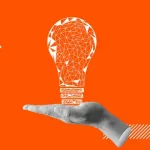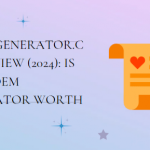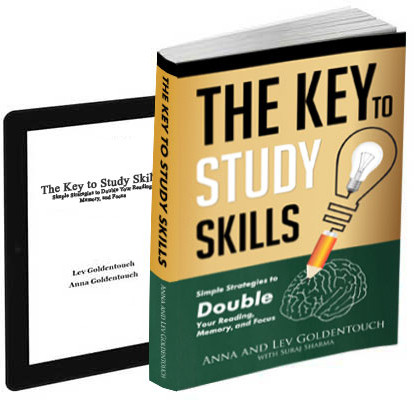Every day, hour and second of our day, our body is in operation, fulfilling different functions and physiological tasks that we are often not aware of. Often, we become aware of some physiological phenomenon for which we have no answer or whose action we did not fully know. For example, have you ever wondered why, …
Continue reading “Why Do I See Colors When I Close My Eyes?”










